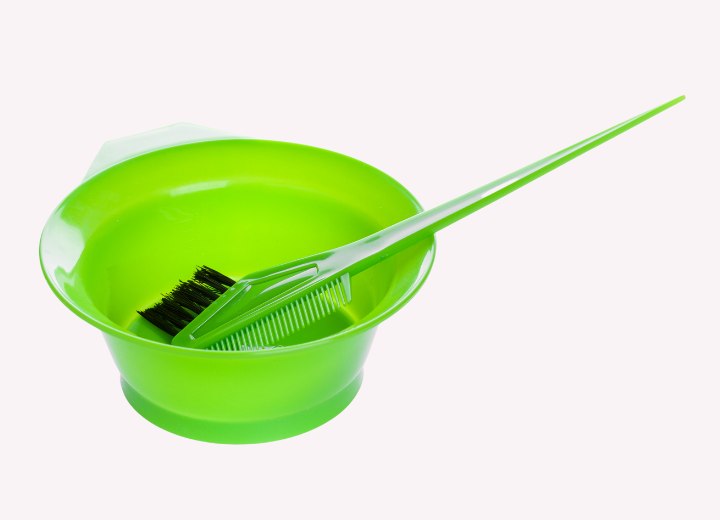Remove Wash in Wash Out Color Remnants

I read one of the answers on your site to a similar question to this, and the suggestion was to use peroxide. I have bought some 6% (20 vol) hydrogen peroxide and just wonder if you can clarify exactly how I should use it. You previously suggested mixing it with shampoo. Should this be done on dry or wet hair?
A: You will want to mix the peroxide with an equal measure of shampoo. So, take a small container (preferably one that you can seal securely) and fill it half-way with the peroxide then fill it the rest of the way with shampoo.
As a side note: the anti-dandruff shampoo isn’t designed to clean the hair any better than regular shampoos. It simply contains ingredients such as Selenium Sulfide to combat the fungus that causes dandruff.
Blend the shampoo and peroxide together and use them as you would regular shampoo, but leave the shampoo lather on the hair for 3-5 minutes. This should disperse the remainder of the semi-permanent color from the hair. Be aware, however, that this process can lighten the natural color of your hair, so do not repeat this process more than necessary to remove the unwanted color tones.
It sounds to me as though the problem with the hair color residue came about because your hair may have been overly porous when the color was initially applied. If your hair has been chemically treated before – either previous color-services or from perms or straighteners – it may have been damaged sufficiently that the color of the semi-permanent process penetrated more deeply than was intended. Subsequent conditioning treatments could have then sealed the cuticle layer and “locked in” the color, resulting in a more permanent tint than was anticipated.
This is just a theory, but should serve as a reminder that everything we do to our hair can have a cumulative effect. When you are unsure, always try to err on the side of caution or seek a professional’s guidance.
©Hairfinder.com
See also:
Hair coloring
Hair porosity
Temporary hair color for fun